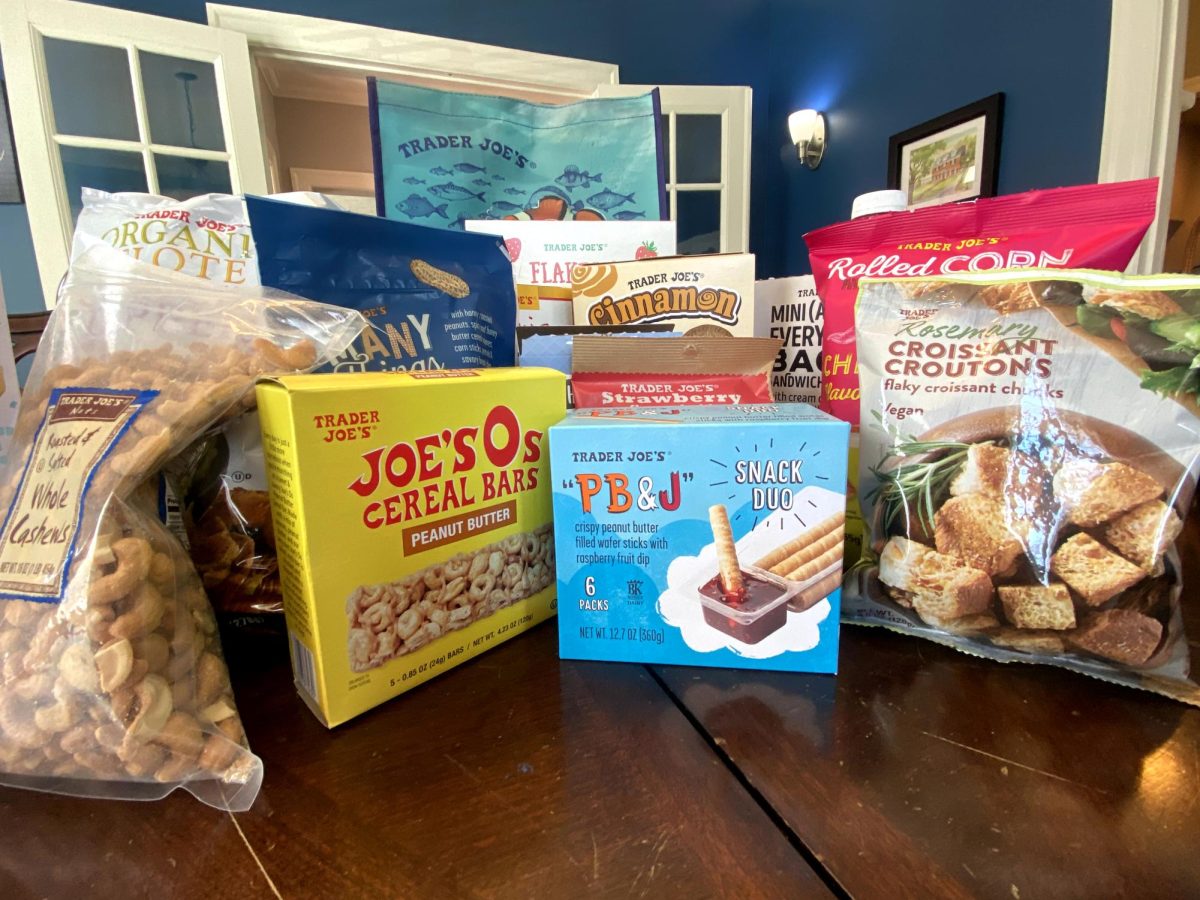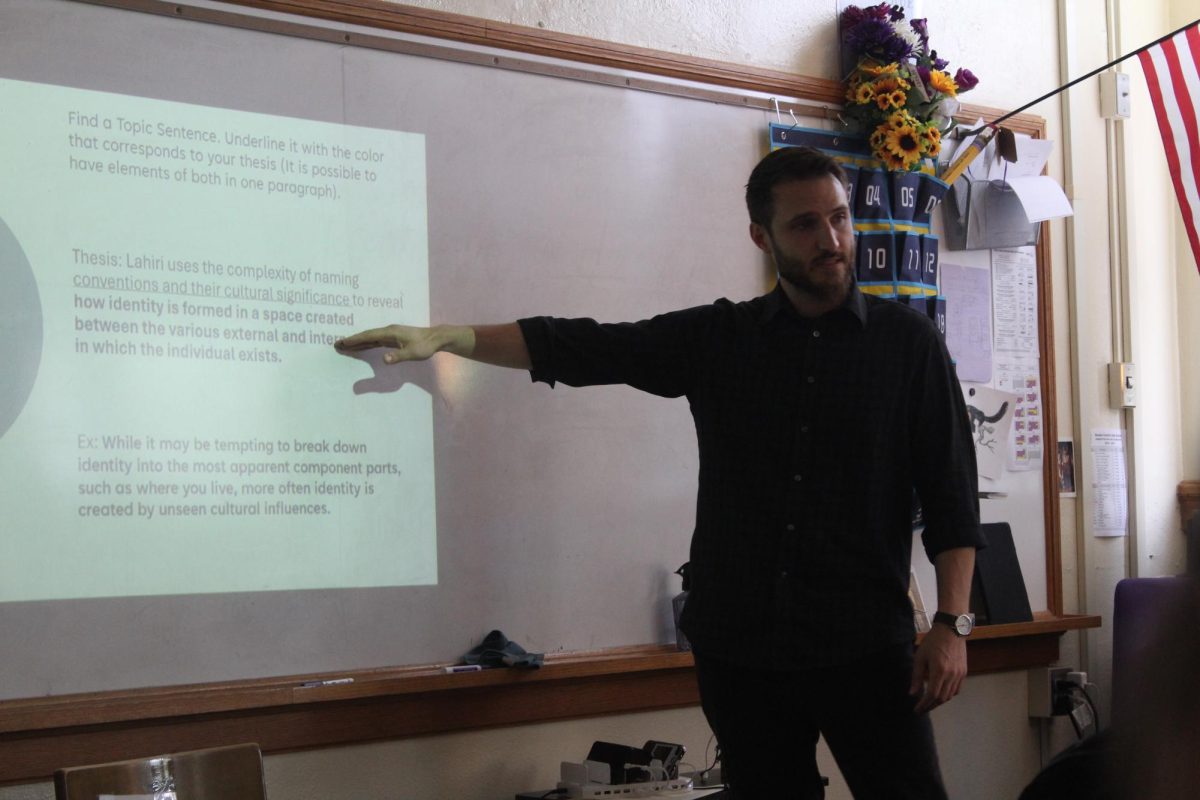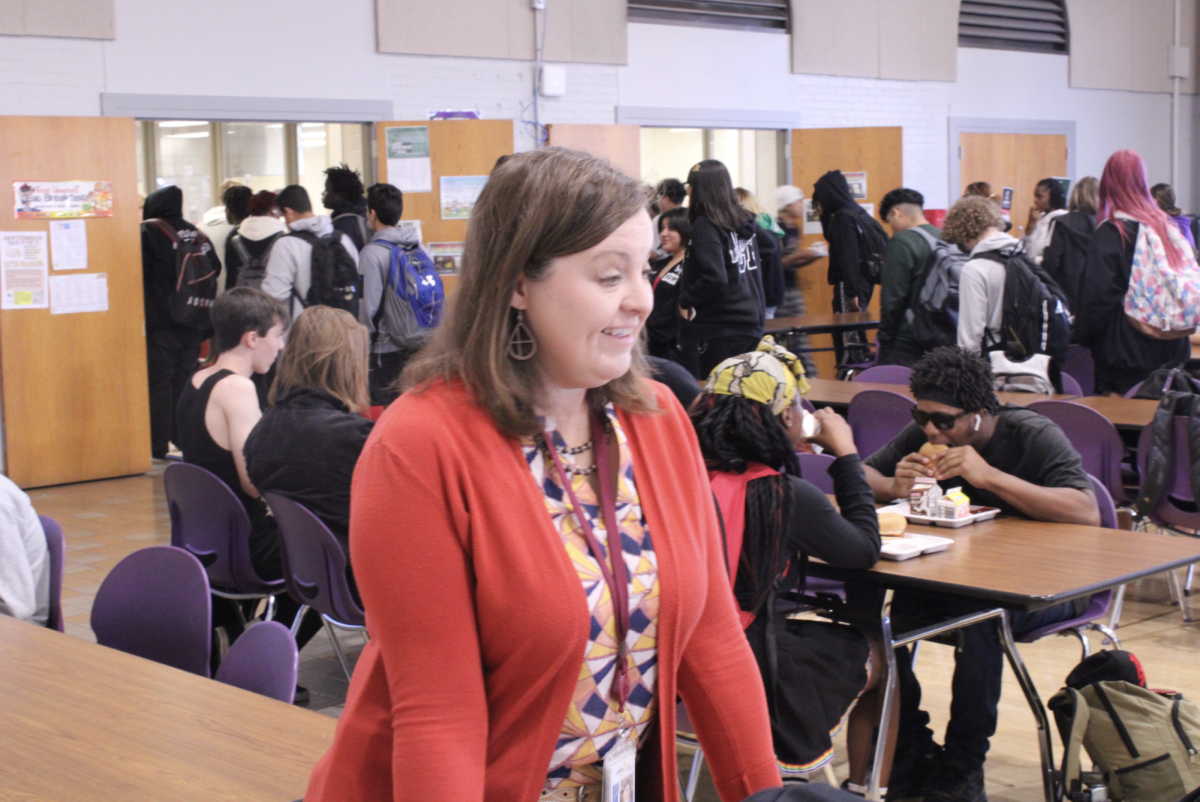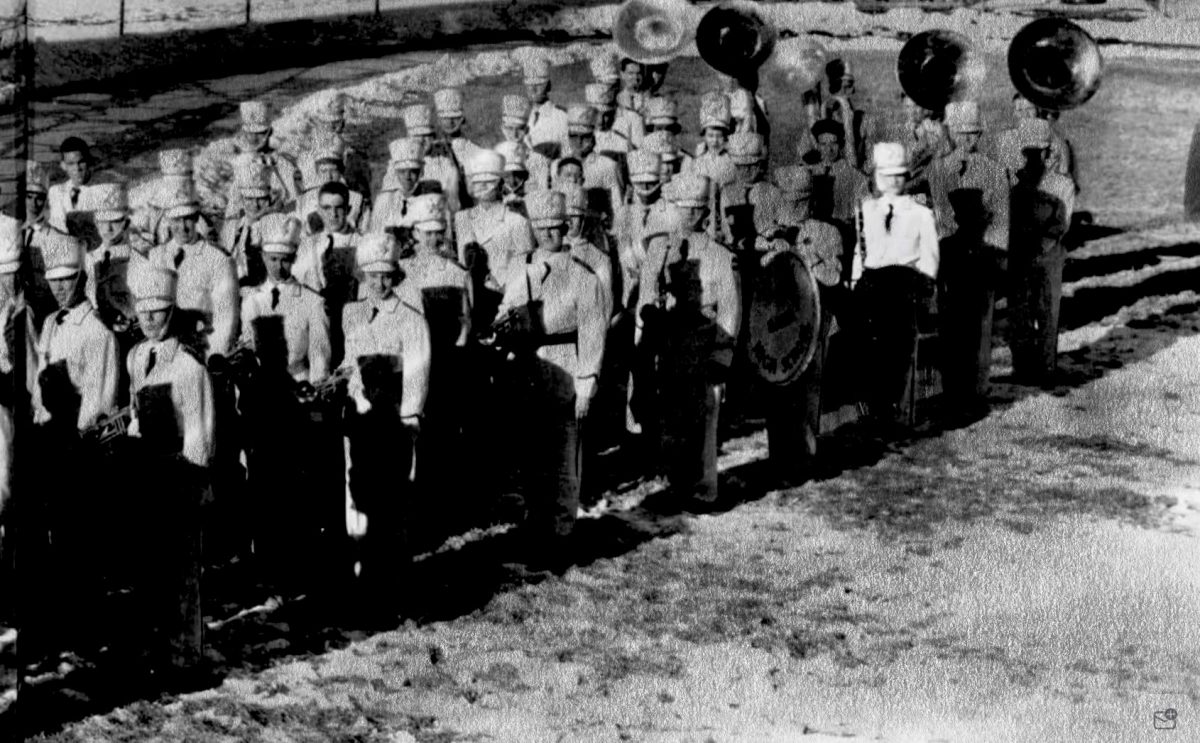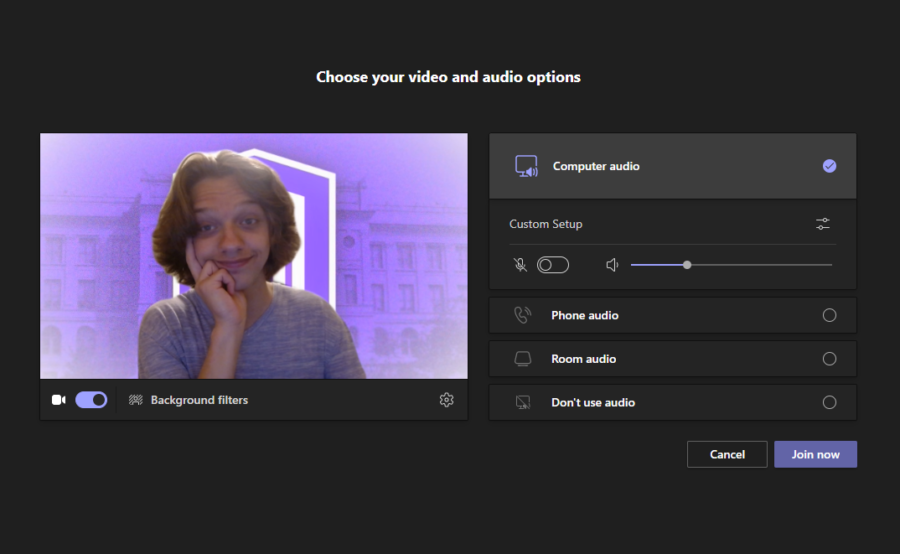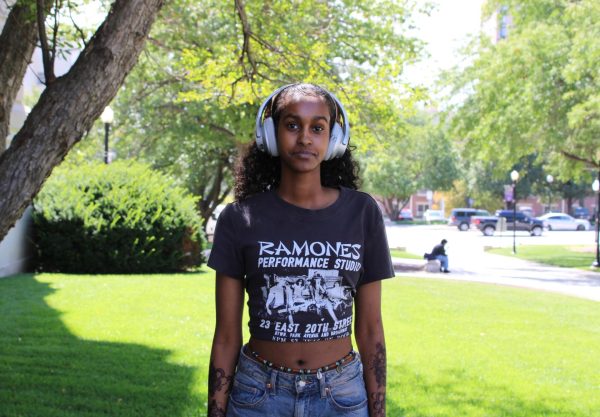The evolution of online school at Central
May 5, 2021
It’s crazy how normal this school year has become, taking everything into account that has happened since August. Going from being fully online to the 3-2 model to 100% in person was quite a roller coaster, but now that I’ve been in the building for about eight weeks, the idea of learning online has slowly faded from my memory. I got used to waking up earlier, having to talk to others face to face, and making sure I have a ride downtown every morning.
However, it does get tiring having to do all of that for five days straight. I know I will eventually have to accept that is how every day will be like for the rest of my time at Central, and this is how I’ve functioned for middle school in the past, but with my first year of high school being a major outlier compared to every other year, I starting taking things that learning online made easier for granted.
I loved how easy it was to get assignments done because I didn’t have to actually go from class to class. I could spend those five minutes of passing period and those few minutes at the start of class working on an assignment I still had due that day. I had the freedom to spend my lunch break doing whatever I wanted to. Animal Crossing? Sure! Go for a walk? Why not? I didn’t have a class to log into, so there was no reason for me to sit at my desk.
Even if I didn’t get lunch, I could just grab something during a later class. Not being seen by my teachers made it so much easier for me to still pay attention in class, but run my schedule on my own pace. I could eat breakfast while I was taking biology notes, I could go to the bathroom whenever I needed to, and I could play music at my own volume.
This is why I found the 3-2 model of learning to be a perfect balance between getting the proper engagement of being in person and having the freedom to relax more on the days where I was attending classes from the comfort of my bedroom. That model of learning let me readjust to what school had been for my entire life, while also giving me breaks every week to relax and kick back as I learned online.
Once OPS decided to bring students back 100%, this balance collapsed. I remember my first week back feeling like an eternity. For the entire week, I had to wake up at 5:45 AM. I had to drive 30 minutes downtown. I had to sit in class for seven hours. At the end of the day on Wednesday, I felt mentally exhausted, and I still had two full days of school left. Being able to sit in the comfort of my home for the other half of the week showed me how easy a full five days of school could really be.
By the next week on being fully in-person, I was managing much better. The week felt like it was back to running at the speed it did in middle school. This is what it was like up until the week of March 22. The previous week, I was exposed to COVID during track practice. According to OPS’s guidelines, students exposed to the coronavirus must quarantine for ten days. From March 22nd to the 26th, I was moved to online learning. During this time, I rediscovered the positives, and learned about new negatives.
Of course, I got to relax at home, so that was already a plus. I was back to waking up three minutes before class started, back to showering during my lunch period, and back to eating lunch in the middle of my English class. Only, something was different. There was one big difference that was affecting how I was learning.
With the 3-2 model, half of the kids in each class were online. So, teachers needed to split their attention between both groups of students. With either group then switching who attends school in person in the middle of each week, the teachers had to make sure they weren’t leaving the kids online out. But now, with not much transfer of students between leaning from home and in-person, most teachers shifted their focus to the kids that are in their classroom.
This doesn’t mean the kids at home are less important. They still are, and the teachers still make sure to address them once in a while. But with a whole class of students that are there the entire week, slipups can happen. It’s much easier for a student in-person to speak up and answer a quick question compared to one at home. This creates a cause-and-effect-type loop where students at home don’t answer, so teachers involve them less, making those kids answer less questions. Now, not every teacher is like this. There are ones that try their hardest to make sure online students are having a fun time, even if they’re not actually in the classroom.
I’m not even saying I blame the teachers for this. The students know how easy it is to dose off in the middle of a lesson if you’re learning from your bedroom, so what reason do teachers have to engage with their students if most of them aren’t even paying attention?
Since returning to school in-person, I’ve always kept the kids learning at home on the brain. Every single time I hear the sound of a dropped connection and the teacher just continues with their lesson; I think of those kids missing a piece of information. Any time an online student unmutes and answers a question, I remember it, because it’s just so rare to see.
Online school has been a true roller coaster of an experiment this year. New ideas were tested, some succeeded, and some failed. But overall, after everything OPS needed to change about this school year just so kids could learn safely, it seems like a feat that shouldn’t be taken for granted, even if some aspects of it have fallen short.






